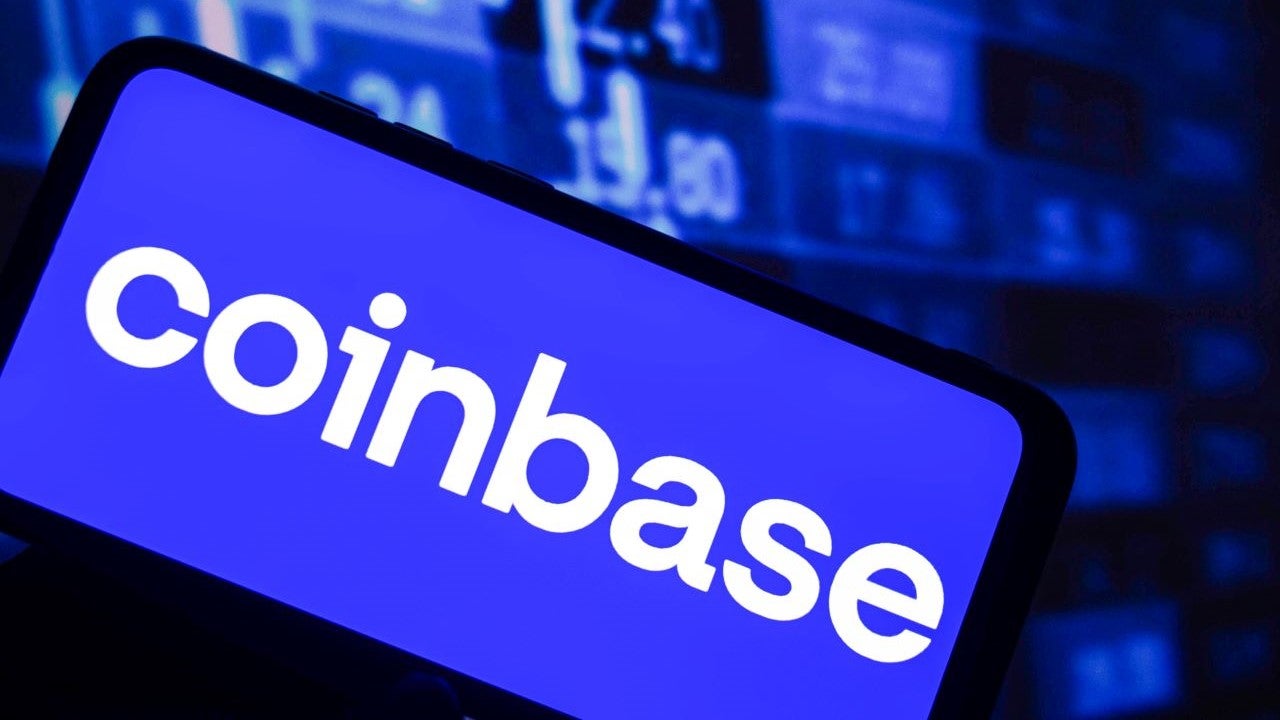What is a multicurrency account?




If you live abroad or travel enough to feel like you do, you might struggle with finding easy solutions to converting money from one currency to another. And up until recently, there weren’t a lot of options that didn’t involve high international transfer and exchange fees.
Fortunately, things have gotten easier with the advent of multicurrency accounts.
A multicurrency account, sometimes called a foreign currency account, allows consumers and businesses to hold different currencies in one bank account. They can also send, receive and withdraw money from the account, as with a standard bank account but in multiple currencies.
A multicurrency account isn’t right for everyone, though. Here’s what you need to know to see if you need one, and how to find a good one if you do.
What is a multicurrency account?
A multicurrency account is a bank account that works with different kinds of currencies. The basic purpose of a multicurrency account is to make it easier for the account holder to process international transactions.
Say you’re someone who frequently does business abroad, but you primarily bank in the U.S. Having separate bank accounts in each country you do business with can get complicated — it involves managing multiple accounts and potentially racking up high fees from transfers and conversions.
A multicurrency account, on the other hand, would allow you to make and receive payments from multiple countries in one place. Plus, you have the option to convert those currencies when you want to and take advantage of lower exchange rates.
What currencies does a multicurrency account support?
The exact currencies supported by a multicurrency account will vary from bank to bank. The account will typically hold the most commonly traded currencies, such as:
- U.S. dollar
- Canadian dollar
- Euro
- Australian dollar
- British pound
- Hong Kong dollar
- Japanese yen
Some multicurrency accounts even come with a debit card, so you can easily shop internationally (in stores or online) and minimize high foreign transaction fees.
Who should use a multicurrency bank account?
There are a few groups of people who benefit most from a multicurrency account:
Expats: If you live abroad, you might benefit from a multicurrency bank account, especially if you still have bank accounts in your home country. For example, you can transfer money from your U.S. bank savings account into your multicurrency account to spend without paying high exchange rates and fees.
People working abroad: Whether you’re a freelancer or a digital nomad, you might benefit from a multicurrency account if you’re paid in one currency but spend in another.
Frequent travelers: If you travel frequently, whether it’s for business or pleasure, you might benefit from the use of a multicurrency account, especially if you’re often going to the same place. Just make sure the multicurrency account holds the currency you need.
Businesses: Certain businesses may benefit from multicurrency accounts, particularly those that accept payments in multiple currencies or who have locations in other countries.
Who should skip a multicurrency account?
A multicurrency account isn’t for everyone. People who travel internationally only a couple of times a year or someone looking to make a one-time transfer might be better off simply exchanging the money and paying the fee charged.
Pros and cons of multicurrency accounts
The benefits of a multicurrency account include:
- You can manage money from different currencies in one place, making it easier to track foreign transactions.
- The cost of conversion can be cheaper than what you’d pay with other types of accounts, since you can take advantage of the most competitive exchange rates.
- Some multicurrency accounts come with debit cards.
- You can have multiple local account details, such as a European bank code and a U.S. bank account number, so you can receive payments internationally.
- Multicurrency accounts at FDIC-insured institutions are federally protected by up to $250,000 per account holder.
Cons of multicurrency accounts include:
- There may be fees after withdrawing a certain amount of money each month.
- Higher interest rates for savings accounts may only come with paid subscriptions.
- Some multicurrency accounts may require a subscription; if you cancel a subscription early, you may be charged a cancellation fee.
Where to find the best multicurrency account
Multicurrency accounts are available for both businesses and personal use. Before settling on a multicurrency account, you’ll want to look out for and compare account opening and closing fees, monthly maintenance fees, minimum balance requirements and what currencies are available for conversion with the account.
Business multicurrency accounts
Some multicurrency accounts are reserved for businesses and can be found at many large U.S. banks and online banks. Here are a few banks and financial technology (fintech) companies that offer multicurrency business accounts.
- PNC Bank: PNC offers services to companies based in the United States who hold foreign currency. Businesses can make and receive payments in 30 major and emerging market currencies.
- Airwallex: Airwallex allows businesses to open local currency accounts in more than 60 countries and offers an optional multicurrency business credit card.
Personal multicurrency accounts
Multicurrency accounts for the general public can also be found at a few banks and fintechs. These accounts may come with the option of a debit card. Here’s a look at a few banks and fintechs that offer multicurrency accounts to consumers.
- Wise: Wise, a fintech, offers both personal and business multicurrency accounts. There’s an optional debit card, which is great for expats or people who travel frequently who want to pay for purchases using a card in the local currency. There’s also an optional interest feature that lets you earn interest on your deposits.
- Revolut: Revolut is another fintech that also offers business and personal account options. There are three tiers of subscriptions ranging from free to $16.99 a month, each with increasing benefits.
- EverBank: EverBank’s multicurrency account is geared toward global investors and offers the ability to exchange in many currencies, including euros, pounds, Australian dollars, Singapore dollars, and more. There’s a minimum requirement of $2,500 to open an account, or you can opt for a $100-a-month automatic purchase plan.
- HSBC: HSBC offers several accounts to people working or living abroad. With one of their multicurrency savings accounts, you can save money in up to 19 different currencies.
Other options for international payments
Multicurrency accounts are best for those who make frequent foreign transactions, such as those who do business abroad and expats with foreign expenses.
If you’re making a one-time international transfer or exchanging currency on an occasional trip abroad, it’s not necessary to open a multicurrency account. Some other ways to transact between different currencies include:
- International wire transfers: You can usually make an international wire transfer through your bank or a third-party money-transfer service like Western Union. While international wire transfers are quick and allow for large balance transfers, they come with high fees. The average outgoing wire transfer fee, according to Bankrate research, falls between $26 and $44.
- No foreign transaction fee debit and credit cards: A credit card with no foreign transaction fees allows you to make everyday purchases abroad with low currency exchange rates, while a debit card without foreign transaction fees lets you access cash from ATMs at a low cost.
- Xoom: Offered through PayPal, Xoom is an international peer-to-peer payment service that comes with transparent fees, which vary by currency.
Bottom line
Multicurrency accounts are a good option for those who frequently transact in different currencies. They make it possible to process international transactions in one place and allow you to take advantage of lower conversion rates. However, multicurrency accounts may have monthly fees or fees for canceling a subscription early.
If you’re just looking to make a one-time international transfer or convert currency for the occasional trip, consider some other options, such as a no foreign transaction fee credit or debit card or non-bank money transfer services.




